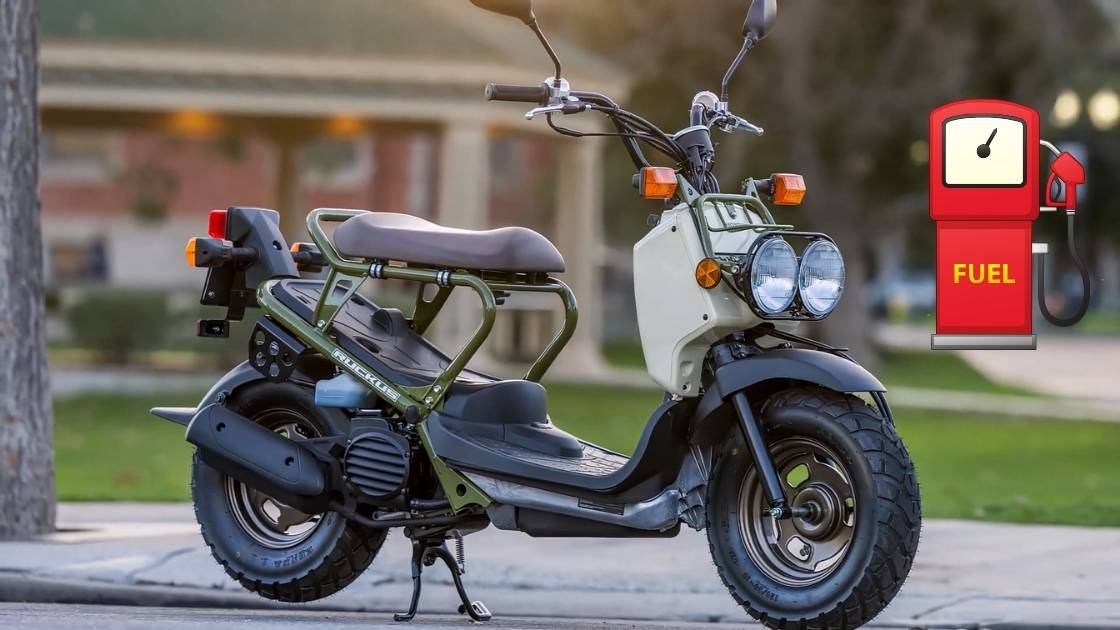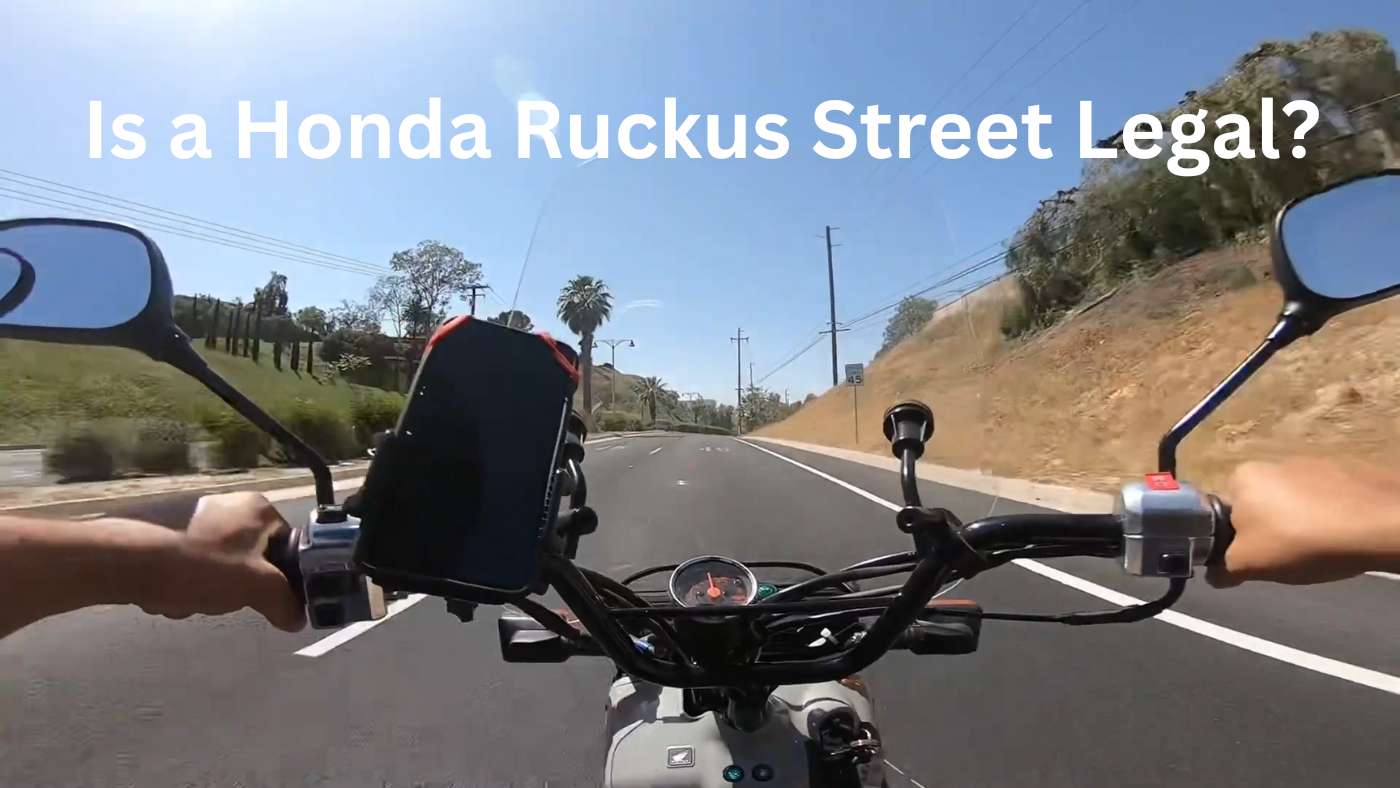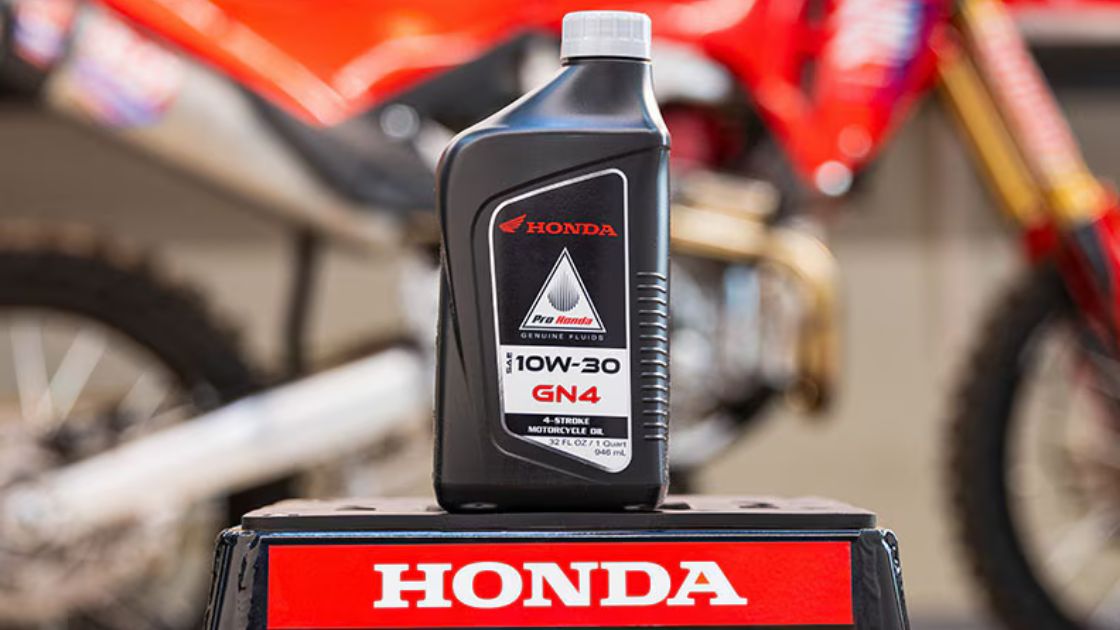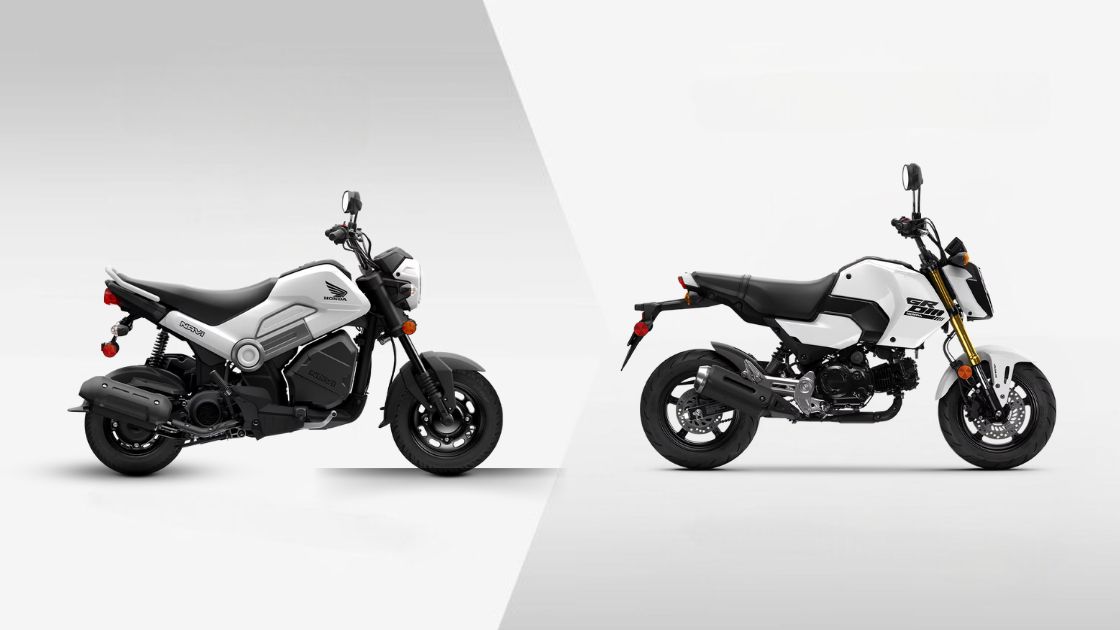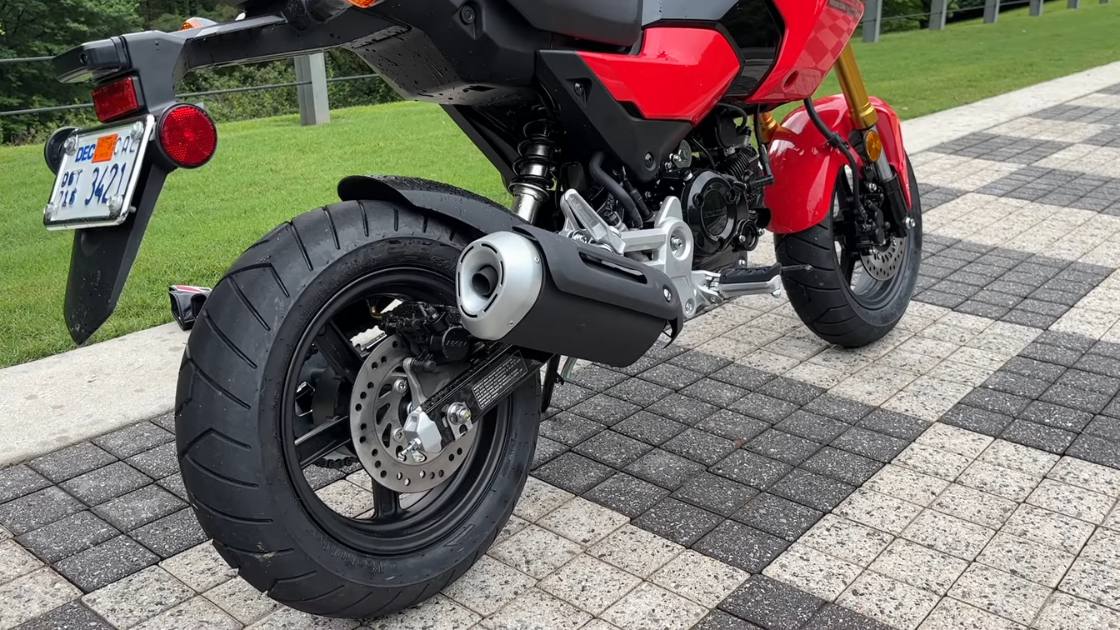Keeping a Honda Ruckus in top shape is essential for a smooth and reliable ride. One key part of this scooter that often gets overlooked is the battery. The battery is the heart of your Ruckus, providing the power needed to start the engine and run the electrical components.
In this guide, I’ll help you understand everything you need to know about the Honda Ruckus battery. Whether you’re a first-time owner or an experienced rider, this article will provide simple and clear information to help you choose, replace, and maintain your battery.
By the end of this article, you’ll know:
- The types of batteries that work best for your Honda Ruckus.
- How to pick the right battery for your needs.
- Step-by-step instructions to replace your battery.
- Tips to keep your battery lasting longer.
Table of Contents
ToggleUnderstanding the Honda Ruckus Battery
The Honda Ruckus is known for its rugged design and reliability, but none of that works without a good battery. To make the right choices, it’s important to understand the basics of your Ruckus battery, including its specifications and the different types available.
Battery Specifications
The Honda Ruckus uses a 12-volt battery, which is standard for most scooters. Its compact size fits snugly into the Ruckus’ design without adding unnecessary weight. Here are some key specifications you should know:
- Voltage: 12 volts
- Capacity: Typically ranges between 5Ah (amp-hours) to 6Ah, depending on the model.
- Weight: Lightweight, usually under 5 pounds for easy handling.
- Dimensions: About 4.5 x 2.75 x 4.25 inches, ensuring it fits the scooter’s battery compartment perfectly.
The small size and lightweight nature of the battery make it ideal for a scooter like the Ruckus, which needs to balance performance and portability.
Types of Batteries Compatible with Honda Ruckus
The Ruckus is compatible with a variety of battery types, and choosing the right one depends on your riding habits, budget, and personal preferences. Here are the main types:
Lead-Acid Batteries
These are traditional batteries that have been around for years. They are reliable, affordable, and widely available.
- Advantages:
- Lower cost compared to other types.
- Easy to find in stores and online.
- Suitable for regular, moderate use.
- Disadvantages:
- Heavier than newer battery types.
- Requires regular maintenance, such as checking and refilling water levels.
- Shorter lifespan compared to lithium batteries.
Lithium-Ion Batteries
These are modern, high-performance batteries that are becoming increasingly popular among scooter owners.
- Advantages:
- Lightweight and compact.
- Longer lifespan compared to lead-acid batteries.
- Maintenance-free, so you don’t have to worry about checking water levels or corrosion.
- Faster charging times.
- Disadvantages:
- More expensive upfront.
- Sensitive to extreme temperatures, which might affect performance in very hot or cold climates.
When deciding between these two types, consider how often you use your Ruckus and whether you’re willing to spend more for a longer-lasting and maintenance-free option.
Top Battery Options for Honda Ruckus
Choosing the right battery for your Honda Ruckus is crucial for ensuring reliability and performance. Below, I’ve listed some of the best battery options, each offering unique features to suit different needs and budgets.
Yuasa YUAM727ZS YTZ7S Battery
Yuasa is a well-known and trusted brand in the battery world. The YUAM727ZS YTZ7S is one of the most popular choices for the Honda Ruckus.
- Features and Benefits:
- OEM Compatibility: This battery is designed to meet original equipment manufacturer (OEM) standards, ensuring a perfect fit for the Ruckus.
- Maintenance-Free: The sealed design means you don’t need to worry about topping off fluids.
- Long Lifespan: Built with high-quality materials to provide durability and long-lasting performance.
- Cold Cranking Amps (CCA): Offers reliable starting power even in colder climates.
- User Reviews and Ratings:
- Many users praise its reliability and easy installation.
- It’s often highlighted as a cost-effective choice due to its durability.
Mighty Max 12V 6AH Gel Battery
The Mighty Max Gel Battery is another excellent option for the Honda Ruckus, particularly for riders seeking affordability without compromising on performance.
- Features and Benefits:
- Gel Technology: Unlike traditional lead-acid batteries, the gel-based design provides better resistance to vibration and shock, making it ideal for rugged use.
- Maintenance-Free: No need to worry about regular fluid checks.
- Versatile Installation: Can be mounted in any position, adding to its convenience.
- User Reviews and Ratings:
- Riders appreciate its consistent performance and affordable price.
- Some users report it as a good backup option due to its value for money.
WPS Featherweight Lithium Battery
For those looking for cutting-edge technology, the WPS Featherweight Lithium Battery is a top contender.
- Features and Benefits:
- Ultra-Lightweight: Weighs significantly less than traditional batteries, improving overall scooter efficiency.
- Advanced Safety Features: Built-in protection against overcharging and overheating.
- Long Lifespan: Outlasts most lead-acid batteries, making it a cost-effective choice in the long run.
- User Reviews and Ratings:
- Praised for its quick charging time and lightweight design.
- Users often note that it’s an excellent choice for frequent riders who want premium performance.
These battery options cater to a range of preferences, from budget-friendly to high-performance. Up next, I’ll guide you on how to choose the best battery based on your specific needs.
How to Choose the Right Battery for Your Honda Ruckus
Selecting the right battery for your Honda Ruckus doesn’t have to be complicated. By focusing on your specific needs and understanding a few important factors, you can find the perfect fit. Here’s a step-by-step guide to help you make the best decision.
Factors to Consider
Performance Needs
If you use your Honda Ruckus daily or for long commutes, consider a high-performance battery like a lithium-ion option. These batteries provide consistent power and last longer than traditional lead-acid batteries. For occasional use or short trips, a lead-acid battery may be sufficient and more cost-effective.
Budget Constraints
Your budget plays a significant role in choosing a battery. Lead-acid batteries are typically more affordable upfront, making them ideal for those who want a reliable option without spending too much. Lithium-ion batteries, while more expensive, offer long-term value due to their extended lifespan and low maintenance.
Climate and Environmental Conditions
Where you live and ride can impact battery performance. For example:
- Cold Climates: Look for a battery with a higher Cold Cranking Amps (CCA) rating to ensure reliable starts in colder temperatures.
- Hot Climates: Lithium-ion batteries perform better in heat due to their advanced heat resistance, whereas lead-acid batteries may degrade faster in high temperatures.
Riding Frequency
If your Ruckus sits idle for long periods, you might want to choose a battery that holds its charge well over time. Lithium-ion batteries are particularly good at retaining charge during inactivity.
OEM vs. Aftermarket Batteries
OEM (Original Equipment Manufacturer) Batteries
- Designed specifically for your Honda Ruckus.
- Ensure compatibility and reliable performance.
- Often more expensive than aftermarket options.
Aftermarket Batteries
- Offer a wider range of choices in terms of technology and price.
- Can provide similar or even better performance if chosen carefully.
- Require attention to compatibility to ensure proper fit and function.
Making the Final Decision
To summarize:
- For Daily Riders: Go for a high-quality lithium-ion battery for better performance and durability.
- For Budget Buyers: A lead-acid battery is a cost-effective option that still gets the job done.
- For Extreme Conditions: Choose a battery with features tailored to your environment, such as high CCA for cold climates.
Step-by-Step Guide to Replacing Your Honda Ruckus Battery
Replacing the battery on your Honda Ruckus might seem intimidating, but it’s a straightforward process with the right tools and guidance. Here’s a step-by-step guide to help you replace your battery safely and efficiently.
Tools Needed
Before you begin, gather the following tools to ensure a smooth replacement process:
- A screwdriver (Phillips or flathead, depending on your Ruckus model).
- A socket wrench (if necessary for securing the battery compartment).
- Protective gloves to avoid skin contact with battery acid.
Safety Precautions
- Turn Off the Scooter: Make sure your Ruckus is turned off and the key is removed from the ignition.
- Work in a Ventilated Area: If you’re handling a lead-acid battery, ensure you’re in a well-ventilated area to avoid exposure to fumes.
- Wear Protective Gear: Gloves and safety glasses are recommended to protect against accidental spills or sparks.
Removal of the Old Battery
- Locate the Battery Compartment:
- The battery is typically located beneath the floorboard or near the seat. Consult your owner’s manual if you’re unsure.
- Remove the Battery Cover:
- Use the screwdriver or socket wrench to remove the screws securing the battery cover. Set the cover and screws aside in a safe place.
- Disconnect the Battery Cables:
- Start by disconnecting the negative (-) cable first to prevent accidental short circuits.
- Next, disconnect the positive (+) cable. Use a wrench or screwdriver if needed, but be careful not to touch both terminals simultaneously.
- Take Out the Old Battery:
- Carefully lift the battery out of the compartment. Avoid tilting it to prevent any potential acid spills.
Installation of the New Battery
- Prepare the New Battery:
- If you’re using a lead-acid battery, check if it requires activation or filling with electrolyte. Most modern batteries come pre-filled and sealed.
- Insert the New Battery:
- Place the new battery in the compartment, ensuring the terminals are oriented correctly.
- Reconnect the Battery Cables:
- Attach the positive (+) cable first, followed by the negative (-) cable. Tighten the connections securely but avoid over-tightening.
- Replace the Battery Cover:
- Reattach the cover and secure it with screws. Double-check that the cover is firmly in place.
- Test the Battery:
- Turn the ignition key to check if the scooter starts smoothly. If the engine doesn’t start or the lights don’t turn on, recheck the cable connections.
Quick Tip: Proper Disposal of Old Batteries
Old batteries should never be thrown in the trash. Take them to a local recycling center or an auto parts store that accepts used batteries for safe disposal.
With your new battery installed, your Honda Ruckus is ready to hit the road again! In the next section, I’ll share tips to keep your battery in excellent condition for years to come.
Maintenance Tips to Extend Battery Life
A well-maintained battery not only lasts longer but also ensures your Honda Ruckus runs reliably. With just a few simple practices, you can extend the lifespan of your battery and avoid unexpected breakdowns. Let’s go over the most effective maintenance tips.
Regular Charging Practices
Avoid Deep Discharges
Deep discharges occur when a battery is drained to a very low level before being recharged. This can damage both lead-acid and lithium-ion batteries over time. To prevent this:
- Charge your battery regularly, especially if you use your scooter daily.
- For infrequent riders, ensure the battery is fully charged after extended periods of inactivity.
Use a Trickle Charger
A trickle charger maintains your battery’s charge level without overcharging. It’s especially useful if your Ruckus is stored for long periods or used occasionally. For lithium-ion batteries, look for a charger specifically designed for their technology.
Cleaning and Inspecting Battery Terminals
Check for Corrosion
Corrosion on battery terminals can interrupt the connection and reduce performance. To clean the terminals:
- Mix baking soda with water to form a paste.
- Apply the paste to the terminals using an old toothbrush.
- Rinse with clean water and dry thoroughly.
Tighten Connections
Loose connections can cause your scooter to start poorly. Regularly check that the cables are securely fastened to the terminals.
Apply Terminal Grease
After cleaning, applying a thin layer of terminal grease can protect against corrosion and ensure a good connection.
Off-Season Storage Recommendations
If you won’t be using your Honda Ruckus for an extended period, such as during winter, take these steps to protect the battery:
Remove the Battery
- Store it in a cool, dry place away from direct sunlight or freezing temperatures.
Maintain a Charge
- Use a battery maintainer or trickle charger to keep the battery charged during storage. This prevents sulfation, which can permanently damage lead-acid batteries.
Inspect Before Reinstalling
- Before putting the battery back in the scooter, check for any signs of damage, leaks, or decreased capacity.
Pro Tip: Monitor Battery Health
For lithium-ion batteries, consider using a battery health monitor. These devices connect to your smartphone and provide real-time data about your battery’s charge level, voltage, and health status.
By following these maintenance tips, you’ll ensure your battery delivers consistent performance and lasts as long as possible. In the next section, we’ll cover common battery issues and troubleshooting techniques to help you handle any problems that arise.
Common Issues and Troubleshooting
Even with regular maintenance, you may encounter issues with your Honda Ruckus battery. Don’t worry—most problems are easy to diagnose and fix. Here’s a guide to common battery issues and troubleshooting methods.
Signs of a Failing Battery
A battery showing signs of wear or failure can cause frustration, especially when you’re ready to ride. Watch for these warning signs:
- Slow Engine Crank: If the engine takes longer than usual to start, the battery might be weak.
- Dim Lights: Dimming headlights or dashboard lights are common signs of a low or failing battery.
- Clicking Noise When Starting: A clicking sound instead of the engine turning over usually indicates insufficient power.
- Frequent Jump-Starts Needed: If you often need a jump-start, your battery likely needs replacement.
- Physical Damage or Leakage: Cracks, bulges, or fluid leaks are clear indicators that the battery needs immediate attention.
Troubleshooting Starting Problems
If your Honda Ruckus won’t start, here are some steps to troubleshoot the issue:
Step 1: Check the Battery Charge
- Use a multimeter to measure the voltage. A fully charged battery should read around 12.6 volts or higher.
- If the voltage is below 12 volts, recharge the battery and test again.
Step 2: Inspect the Connections
- Ensure the battery terminals are clean and securely connected.
- Look for loose or corroded cables and fix them if needed.
Step 3: Test the Alternator
- The alternator recharges the battery while the scooter is running. If the battery isn’t holding a charge, the alternator may not be functioning correctly. You can test this by checking the voltage while the engine is running—it should read between 13.8 and 14.5 volts.
Step 4: Check for Parasitic Drains
- A parasitic drain occurs when electrical components draw power even when the scooter is off. Ensure that lights, alarms, or accessories aren’t causing unnecessary battery drain.
When to Seek Professional Help
If troubleshooting doesn’t resolve the issue, it might be time to consult a professional mechanic. Some situations that require expert attention include:
- Persistent Starting Problems: If your Ruckus still won’t start after checking the battery, connections, and alternator.
- Unusual Battery Behavior: Overheating, rapid discharges, or swelling.
- Complex Electrical Issues: If the problem seems to involve the scooter’s electrical system beyond the battery.
Quick Tip: Carry a Portable Jump Starter
To avoid getting stranded due to a dead battery, keep a portable jump starter in your toolkit. These devices are compact and easy to use, providing peace of mind during long rides.
By addressing these common issues promptly, you can keep your Honda Ruckus running smoothly. Up next, I’ll wrap things up with a summary and final tips to ensure your battery stays reliable.
Conclusion
The Honda Ruckus is an exceptional scooter that relies heavily on a good battery to keep it running smoothly. Understanding the ins and outs of your battery can save you time, money, and frustration. Here’s a quick recap of what we covered:
- The Basics of Honda Ruckus Batteries: Knowing the specifications and the types of batteries available helps you make informed decisions.
- Top Battery Options: From trusted brands like Yuasa and Mighty Max to high-performance lithium-ion choices, there’s a battery for every rider’s needs.
- Choosing the Right Battery: Consider factors like your budget, riding frequency, and climate to pick the perfect match.
- Replacing the Battery: A step-by-step guide ensures you can safely and efficiently install your new battery.
- Maintenance Tips: Simple practices like regular charging and cleaning terminals extend battery life and prevent problems.
- Troubleshooting Common Issues: Knowing the signs of a failing battery and how to address them keeps your Ruckus on the road.
Taking care of your battery doesn’t have to be complicated. With the right knowledge and tools, you can ensure your Honda Ruckus is always ready for your next adventure. Whether you’re cruising around town or commuting to work, a reliable battery is key to a hassle-free ride.
If you’re still unsure about any aspect of your Ruckus battery, feel free to contact fellow riders, consult a professional mechanic, or explore more resources. Remember, the better you care for your battery, the better it will care for you and your Honda Ruckus!
Common Questions About the Honda Ruckus Battery
What kind of battery does a Honda Ruckus use?
The Honda Ruckus typically uses a 12-volt battery. The most common options are lead-acid and lithium-ion batteries, depending on your budget and performance needs. Popular models include the Yuasa YUAM727ZS YTZ7S and the Mighty Max 12V 6AH Gel Battery.
How long does a Honda Ruckus battery last?
The lifespan of a Honda Ruckus battery depends on the type and how well it’s maintained:
Lead-Acid Batteries: Last 2–4 years with proper care.
Lithium-Ion Batteries: Last 4–6 years or more, thanks to their durability and advanced technology.
Regular maintenance and proper charging habits can significantly extend a battery’s lifespan.
Can I upgrade my Honda Ruckus battery to a lithium-ion model?
Yes, you can upgrade to a lithium-ion battery for better performance and longer life. Lithium-ion batteries are lighter, maintenance-free, and offer faster charging. However, they are more expensive upfront compared to lead-acid batteries.


